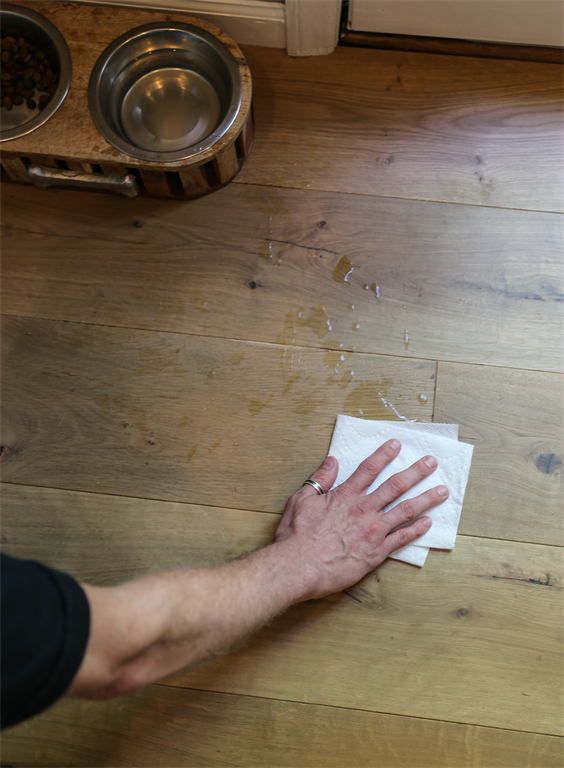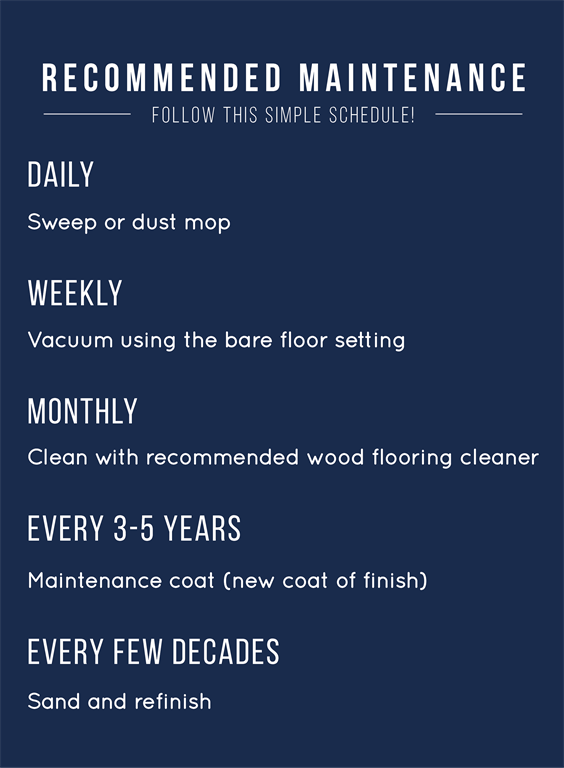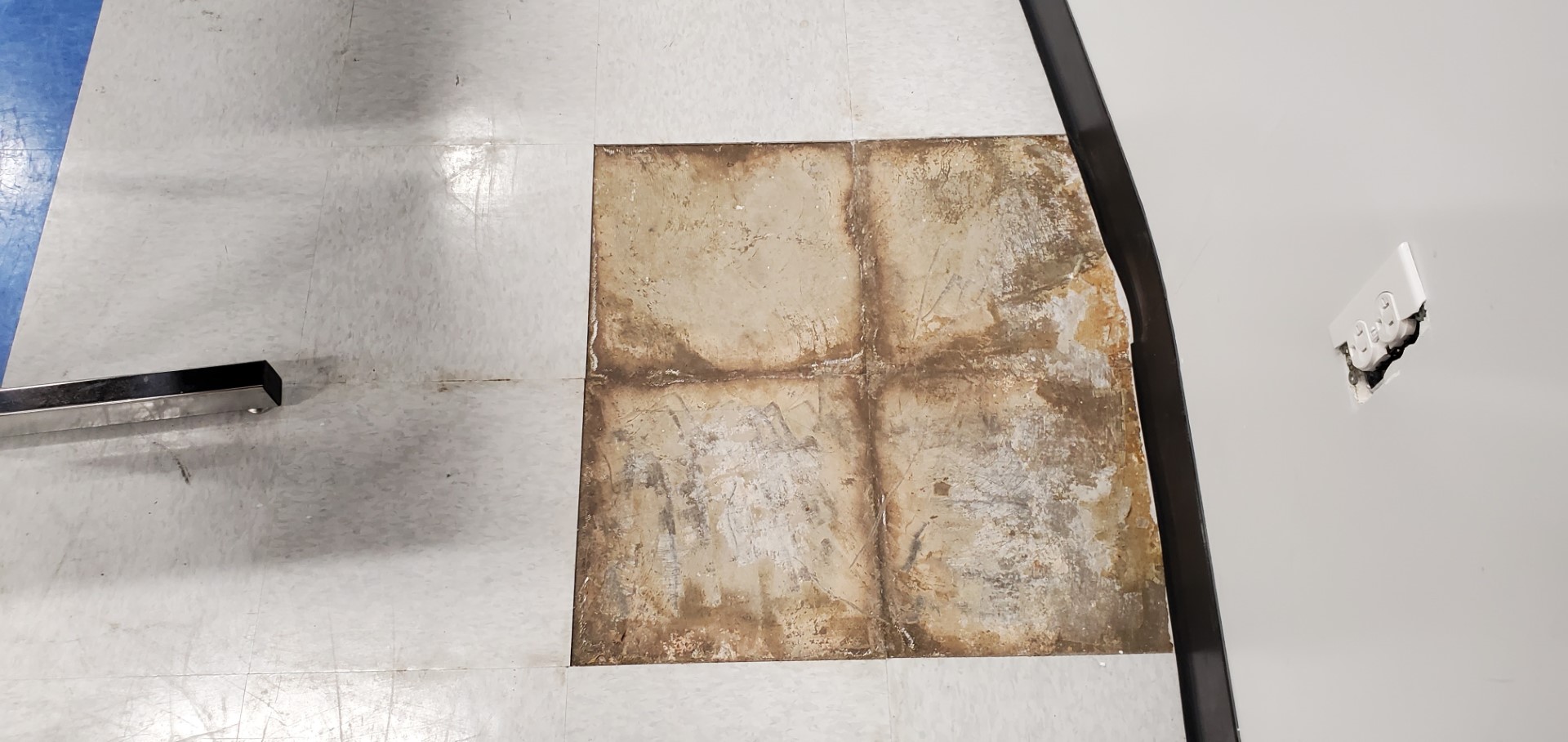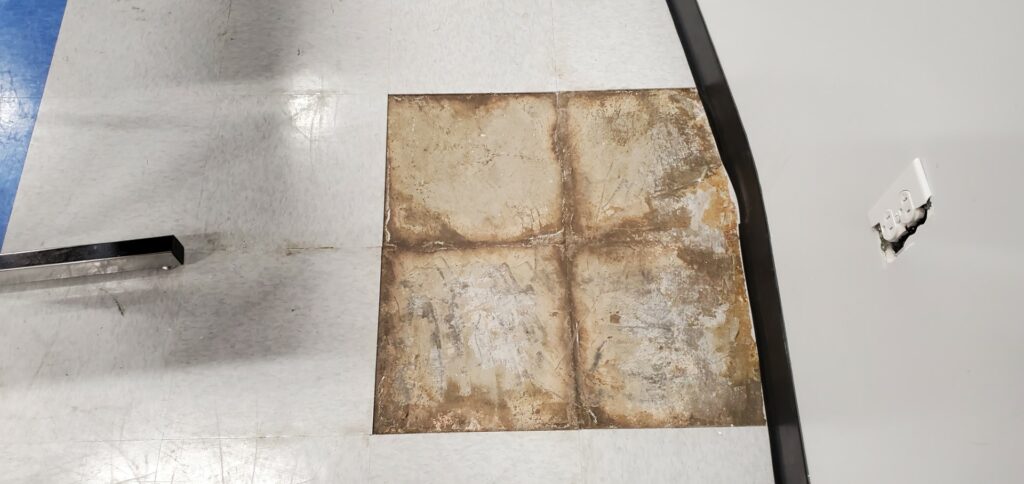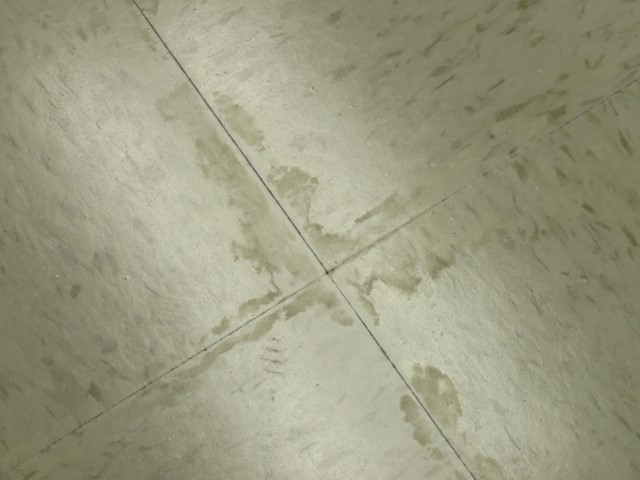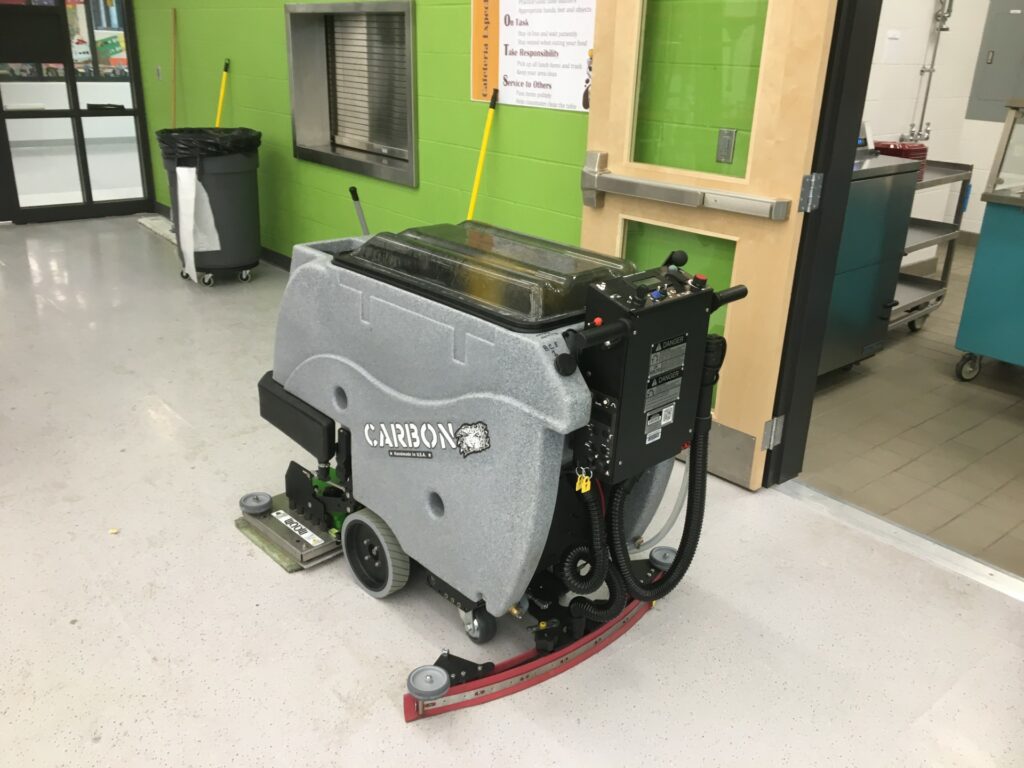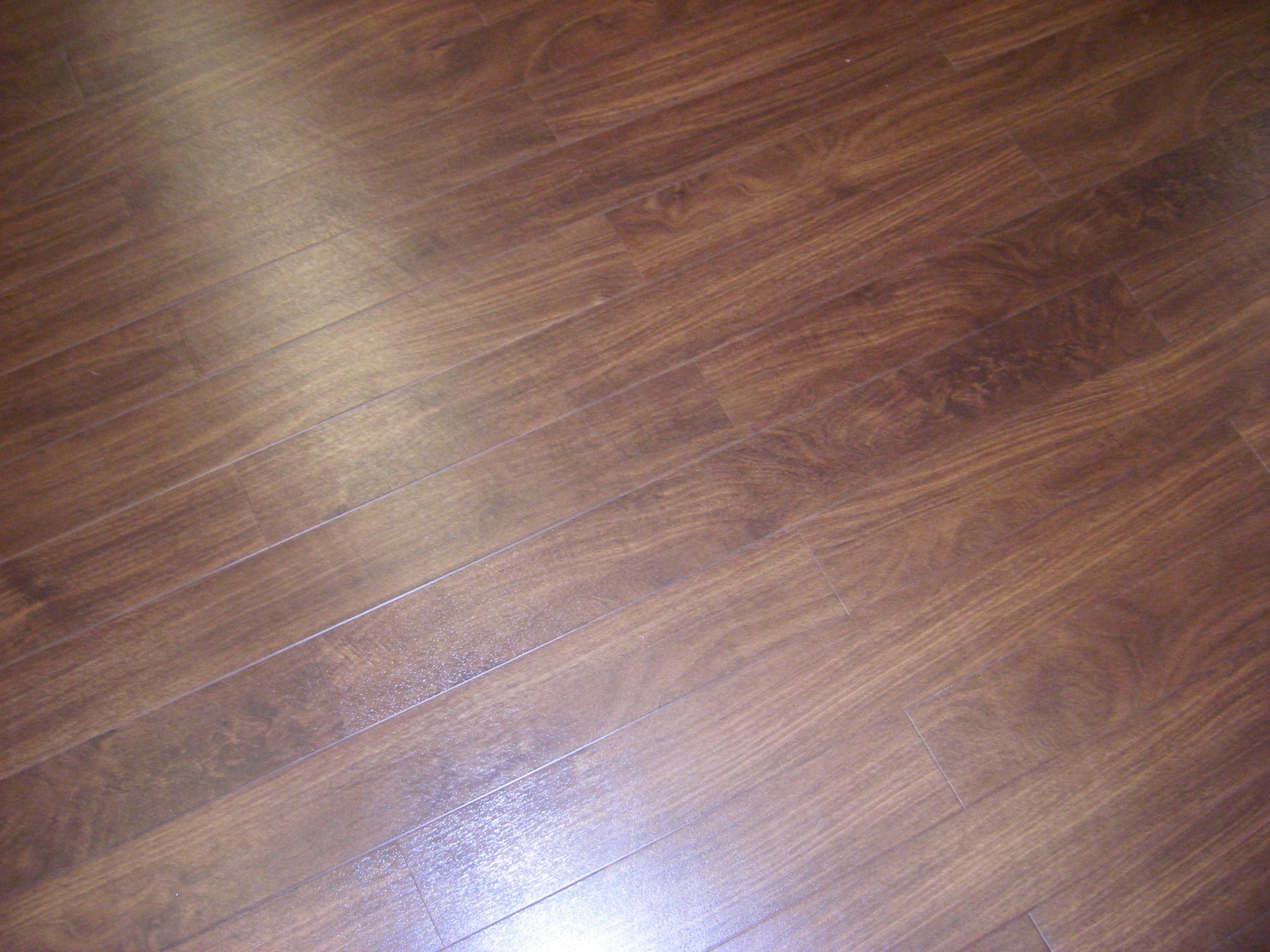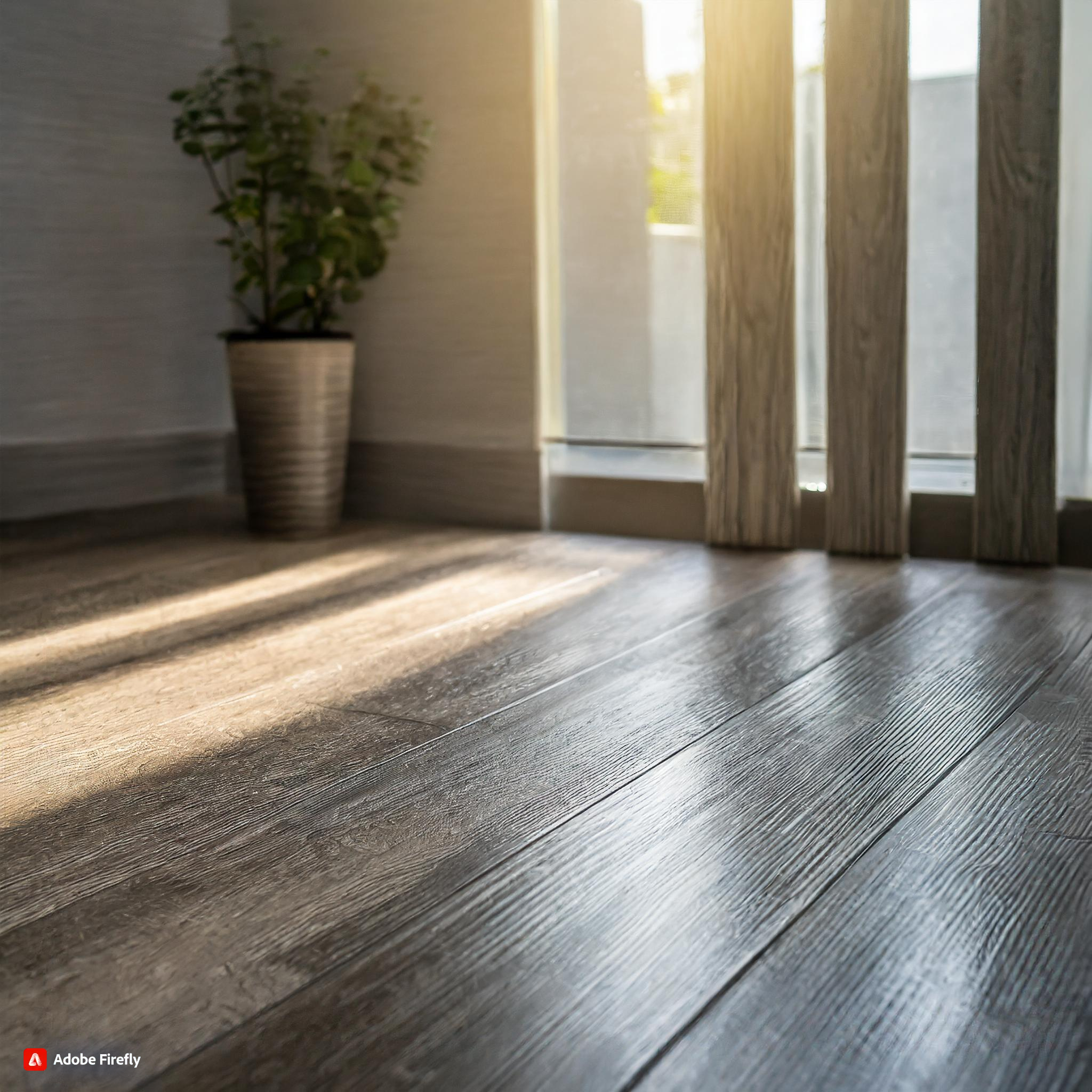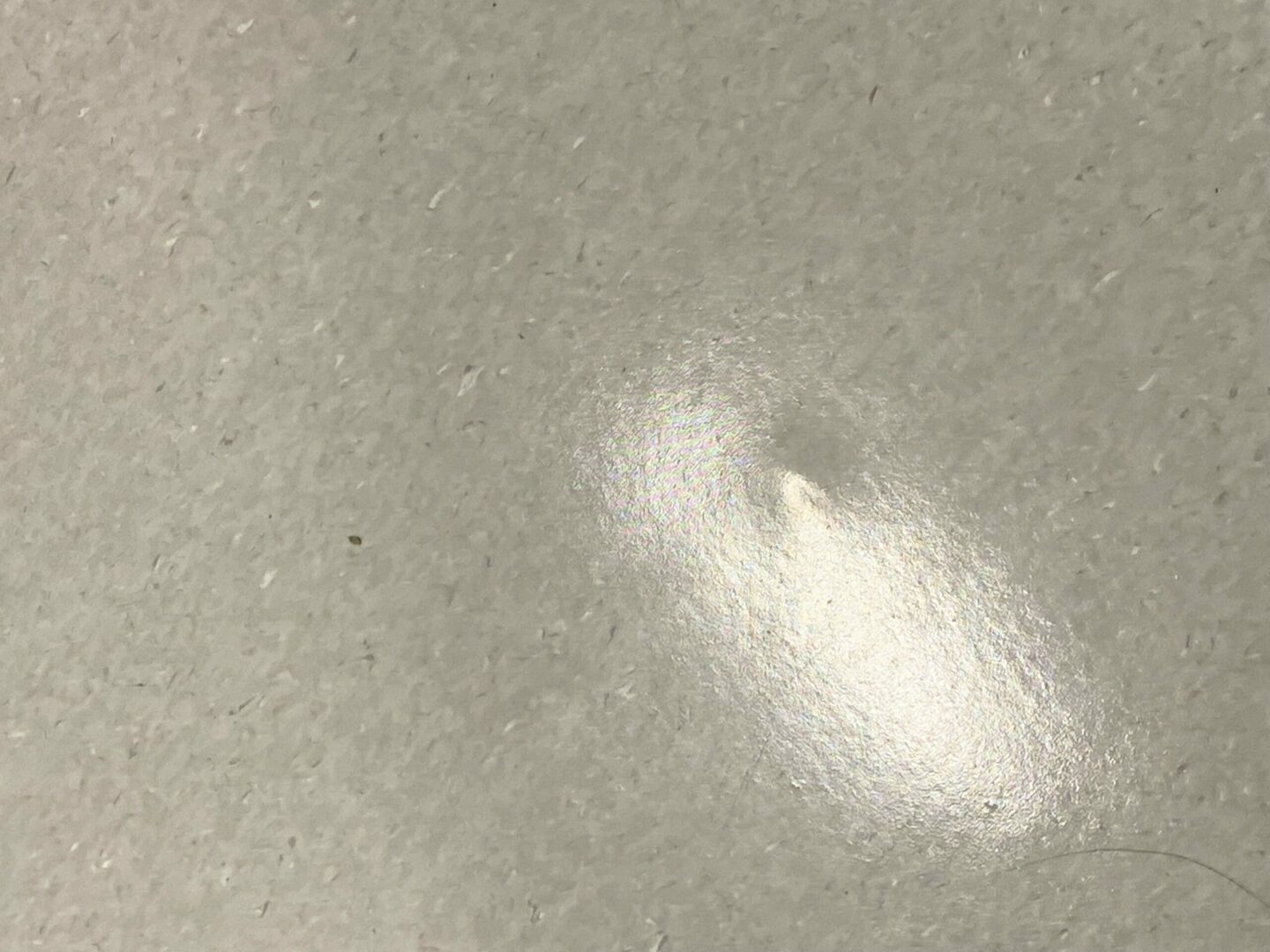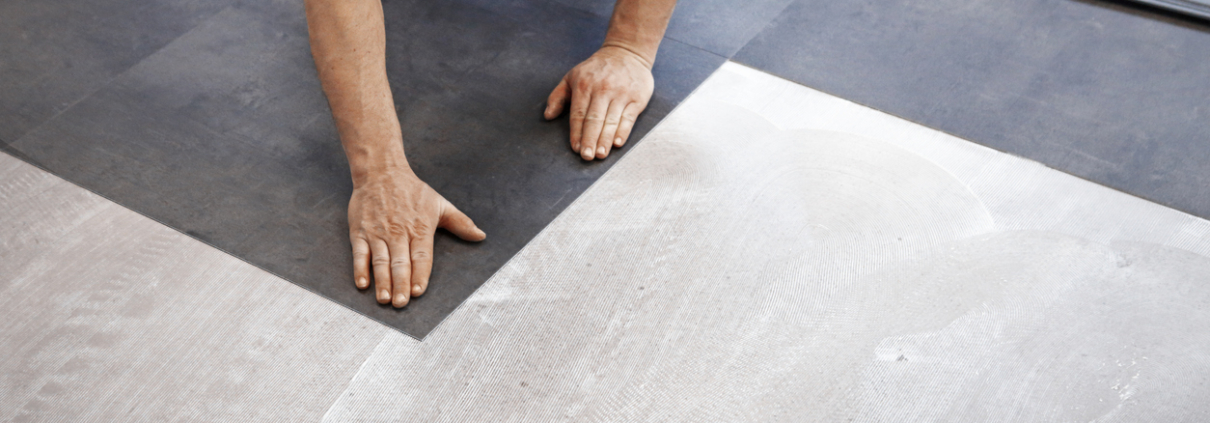
Wood substrates:
Not all wood substrates are the same since they can be solid core, plywood, OSB, particleboard, MGO or another composite. Some wood substrates may have fire retardant properties, which may attack the flooring, patch or adhesive. There are also waterproof OSB and plywood products that may be difficult for adhesive or patch to bond to. Pressure treated plywood can contain chemicals that may be toxic and can attack patch, adhesives, and flooring. Stains, sealers and paint can also be a concern if the wood was used as a wear surface at one time. Remember to test for lead before starting the project per the EPA RRP guidelines if the building was built prior to 1978 (this applies to all substrates). It is always advisable to check the moisture content of the wood using a pin meter with a wood setting prior to starting the project. The expected moisture content of a wood substrate will vary from region to region and even the time of year. You need to know what to expect in your area.
Concrete substrates:
Not all concrete substrates are the same. Admixtures, curing compounds, hardeners, sealers and bond breakers can all create problems for a flooring installation. Some new concrete slabs may also contain super plasticizers that can react with the patch, adhesive and flooring. It is essential that you know what you are working over so you can plan the best course of action for your substrate preparation. Proper moisture and pH testing is essential. Most flooring, patch and adhesive manufacturers require moisture testing using calcium chloride ASTM F1869 or In Situ RH ASTM F2170. Either of these tests will provide the necessary information you need. You should also consider the age of the slab as part of your moisture testing procedure. A new slab that has high moisture is not cause for alarm but an older slab with high moisture is. Since the moisture of convenience will diminish over time, it is reasonable to assume the moisture content of a new slab will gradually decrease. On the other hand, high moisture readings from an old slab may indicate moisture intrusion from an external source. This type of moisture intrusion is an indicator that the required under-slab vapor retarder is missing or damaged. Some states, counties, parishes, and cities may not require an under-slab vapor retarder. You need to know the building codes in your area and proceed accordingly. Remember, it is always a good idea to follow ASTM F710 when preparing and evaluating concrete substrates.
Gypsum substrates:
Gypcrete should also be moisture tested per the gypcrete manufacturer’s guidelines. Using a pin meter with a gypsum setting is a quick and easy way to test moisture. The moisture content must be acceptable per the gypcrete manufacturer’s guidelines prior to covering the substrate with resilient flooring. Most gypcrete substrates will require sealing or priming prior to installing adhered flooring. This will reduce the porosity of the substrate to prevent over absorption of the adhesive and consolidate surface dust. Failure to properly prime gypcrete can create a variety of installation related problems.
Existing construction:
 Before you start any project, you need to know the age and history of the substrate. For existing substrates this includes what previous flooring products had been installed and what types of adhesives had been applied. You need to ask about adhesive removers or abatement chemicals that may have been used since residual contamination in the substrate can attack the new flooring and adhesive. Find out if the building has a history of moisture related issues including floods. This information will help you to determine the best course of action to get the substrate ready for new flooring. It essential that you keep records of all the information gathered in the event of a failure.
Before you start any project, you need to know the age and history of the substrate. For existing substrates this includes what previous flooring products had been installed and what types of adhesives had been applied. You need to ask about adhesive removers or abatement chemicals that may have been used since residual contamination in the substrate can attack the new flooring and adhesive. Find out if the building has a history of moisture related issues including floods. This information will help you to determine the best course of action to get the substrate ready for new flooring. It essential that you keep records of all the information gathered in the event of a failure.
Preparing the substrate for flooring:
Resilient flooring requires the substrate to not only be flat as specified in ASTM F710 but it also needs to be smooth. Remember uncorrected substrate irregularities will telegraph through VCT, LVT/LVP, heterogeneous, homogeneous, rubber, and linoleum sheet goods and tile. High spots in wood or gypsum substrates can be easily removed by sanding. High spots in concrete substrates will need to be removed using a grinder with a diamond or, Diamabrush head, shot blaster or even a jackhammer. Low areas should be filed using an appropriate patch or self-leveler. Selecting the right leveling product for your substrate and moisture ranges is essential. I prefer portland based patch and self-levers for most applications. If you are working over concrete, a moisture resistant patch is essential especially under moisture barrier membranes and moisture barrier adhesives. Removing old adhesive from the substrate is essential since the bond of the new adhesive will only be as good as what it is attached to. Existing adhesives can deteriorate from age, moisture, pH and plasticizer migration. Plasticizers from the new flooring can attack old non-plasticizer resistant adhesives such as clear thin spread, cut back asphalt, multi-purpose, broadloom and some other adhesives.
Selecting the right adhesive:
Choosing an adhesive that is designed for use with the type of flooring you are installing is essential. For instance, solid vinyl and vinyl-backed products will need a plasticizer resistant adhesive. Felt backed sheet goods, VCT and solid linoleum do not require plasticizer resistant adhesives. I have seen to many failures caused by an installer or flooring contractor selecting the wrong adhesive for the job such as clear thin spread designed for use with VCT under LVT or LVP. There a few moisture barrier adhesives on the market which provide both moisture protection and bond. Each of these products will perform well when used properly so following instructions and knowing their limitations is critical. There are also many moisture tolerant adhesives on the market. These adhesives will provide a strong bond even over high moisture substrates but they do not protect the flooring from moisture damage. You need to do your homework prior to starting the project to make certain the adhesive or system will meet your needs.
Ultimately you are responsible:
 It is up to the flooring contractor/installer to know the necessary steps for a successful installation. Doing your homework by researching, moisture testing and pH testing, as part of the site evaluation is essential. Using the information gathered to help your customer make an informed decision on what their next step should be. As a flooring professional, it is your responsibility to protect your customer. This may require you to turn down the job if the customer will not let you do it correctly. The customer may refuse to budget a sufficient amount of money for proper substrate preparation and moisture mitigation if needed. I cannot tell you how many times I have been on sites where the customer was dissatisfied with their flooring because of uncorrected substrate irregularities. In most cases the flooring installer’s defense was “they wouldn’t pay for the needed grinding or patch”. I have also been on moisture related failures where the customer was advised that mitigation was needed but elected to go without it. In most cases the flooring contractor/installer was intimately held responsible since they are the professionals and should have known better. As I was told many years ago if you cannot do it right don’t take the job.
It is up to the flooring contractor/installer to know the necessary steps for a successful installation. Doing your homework by researching, moisture testing and pH testing, as part of the site evaluation is essential. Using the information gathered to help your customer make an informed decision on what their next step should be. As a flooring professional, it is your responsibility to protect your customer. This may require you to turn down the job if the customer will not let you do it correctly. The customer may refuse to budget a sufficient amount of money for proper substrate preparation and moisture mitigation if needed. I cannot tell you how many times I have been on sites where the customer was dissatisfied with their flooring because of uncorrected substrate irregularities. In most cases the flooring installer’s defense was “they wouldn’t pay for the needed grinding or patch”. I have also been on moisture related failures where the customer was advised that mitigation was needed but elected to go without it. In most cases the flooring contractor/installer was intimately held responsible since they are the professionals and should have known better. As I was told many years ago if you cannot do it right don’t take the job.


